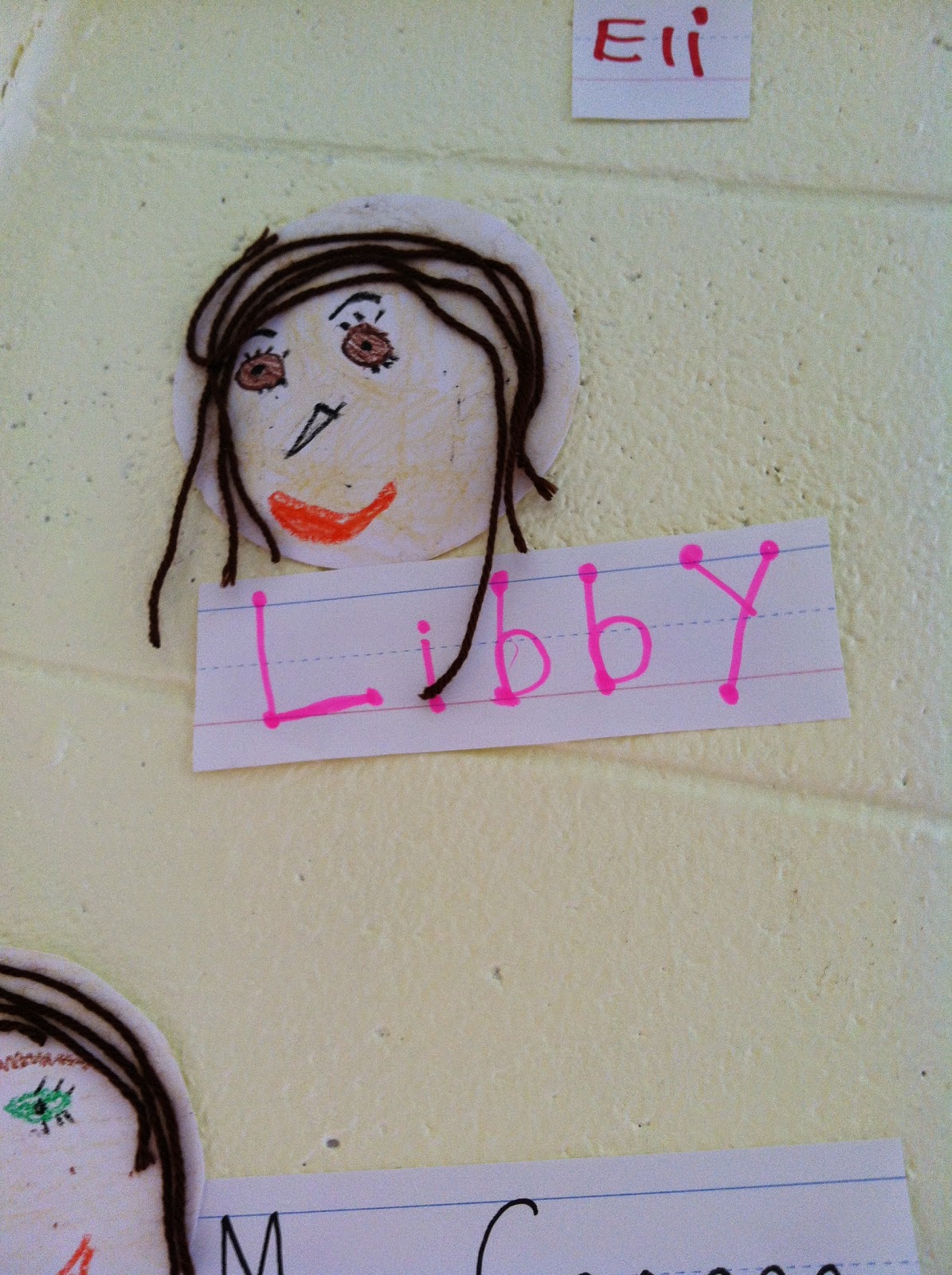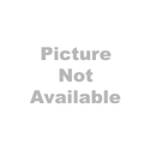#1 - Our Classroom Promise
I feel that building a community in the classroom is crucial! We spend the first day talking about the classroom promise and we discuss each part, what it means and what it will look like in our classroom. Then, the students create their faces as their "signature" on the promise. I hang this on the wall and we say it together every.single.day for the first few months. I also refer back to certain parts constantly (this is who we are even when no one is watching....or when someone asks us to stop, we do!).
#2 - Building a Culture of Readers
Our school was a reward school for the second year in a row. That means that we are in the top 5% of the state! We have come such a long way in the past five years and I am blessed to work with such hard-working, incredible people. One of the things that we do at the beginning of every year is a have a Reading Kick-Off. People from the community came to support us. We had the superintendent, the director of elementary schools, our state representative, high school cheerleaders, a step team and a drum line come and perform for us and every grade level creates a reading cheer. It is so much fun and the kids always have a blast. This year our "motto" is Set Your Goal and Aim High. This was on the stage during our Reading Kick-Off - but then it was moved inside so we could take class pictures with it:
We took millions of class pictures with this :) I am going to use them at the end of the year when we write about the goals that we reached!
#3 - Teaching Center Procedures
A few years ago we were expected to begin small reading groups and centers on the Monday of the first week! It was terrible. The kids didn't have the time to build up the stamina and they didn't fully understand what to do at each center - so basically it was a mess! Luckily, I have AMAZING administrators and they listened to our concerns. Now, we have the first two weeks of school to teach center procedures and build reading stamina. And let me tell you, it is so much better.
We set up a schedule for what to teach each day during our 90 minute reading block. Here is what it looks like:
Day 1 - Library Center
Day 2 - Library Center
Day 3 - Computer Center
Day 4 - Pocket Chart Center
Day 5 - Chalkboard Center
Day 6 - Writing Center
Day 7 - Listening Center
Day 8 - Rotation Procedures
Day 9 - 10 minute rotations
Day 10 - 12 minute rotations
Day 11 - 15 minute rotations
Day 12 - 18 minute rotations
Day 13 - 18 minute rotations
Day 14 - 20 minute rotations
Here is how the first few days go:
On day 1, we teach procedures for the library center (how to treat the books, how to properly sort the books, etc.) and we practice reading for 3 minutes. Yep, a whole 3 minutes. Afterwards, we create an expectation chart together:
 |
| I don't have a picture of the library one, so here is writing! |
Yay! First day of center procedures is done (:
We do this same thing every time that we teach each center, and it helps the students really understand how to do the centers. The second day we practice for 5 minutes, then days 3 - 7 we practice for 8 minutes. We eventually build our way up to 20 minutes!
I post our expectation charts at each center to remind the students of how they should be acting.
#4 - Books, Book and More Books!
My donorschoose project was funded! (If you have never been on this website, you should really check it out! You create a project for what your class needs and people all over the country can donate). We received 75 books through this project!
Then, my coworker wrote a grant and got $3,000 to spend and we bought more books! They should be arriving any day now. We are so blessed!
Hopefully I can get ahead this weekend and get better about posting what we are doing in my room. How have your first days been?



















